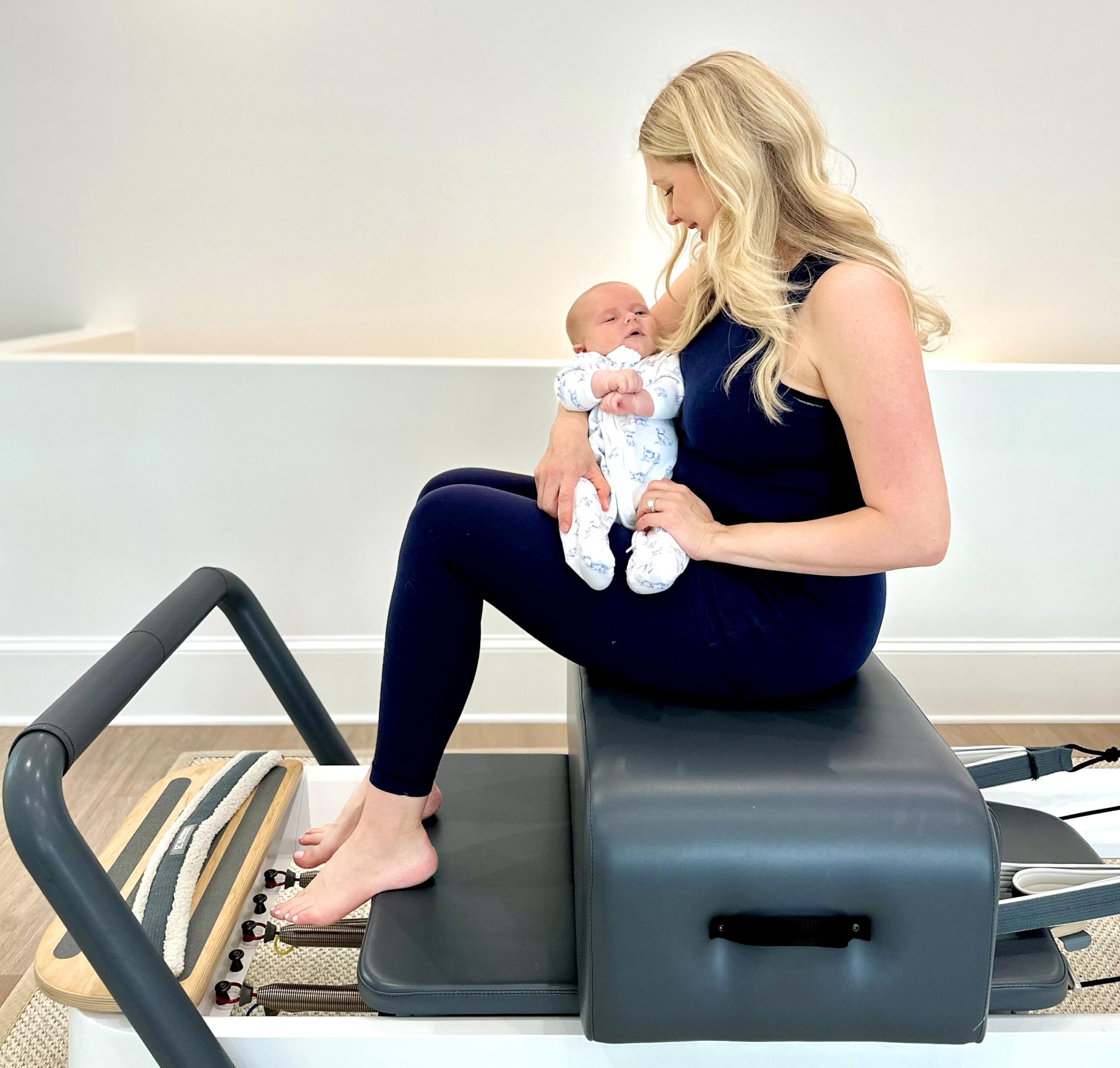Pregnancy is a beautiful, transformative experience—but let’s be real, it also puts a lot of strain on your body, especially your pelvic floor. Strengthening and releasing these muscles, as well as improving posture, can make all the difference in how you feel during pregnancy, how you move through labor, and how smoothly you recover postpartum.
Why It Matters During Pregnancy
As your belly grows, your pelvic floor is working overtime to support the extra weight. Without proper strength and stability, this can lead to back pain, poor posture, and even urinary incontinence. The good news? Research shows that pelvic floor muscle training during pregnancy can help prevent incontinence and better support the body as it adapts to these changes. Plus, staying active with safe, targeted movement has been linked to easier labor, fewer interventions, and a lower risk of preterm birth—huge wins for both mama and baby.
Postpartum Recovery: Why the Work Doesn’t Stop
Once your little one arrives and you’re cleared for movement, continuing this work is key! Pelvic floor training postpartum has been shown to reduce urinary incontinence and help prevent pelvic organ prolapse. For those healing from diastasis recti or a c-section, gentle core and pelvic floor exercises can help bring strength and function back to these areas safely.
And let’s not forget the toll that new-mom life takes on your body. Whether you’re nursing, bottle-feeding, or constantly picking up your baby, your posture muscles and upper body need to stay strong to prevent neck, back, and shoulder pain. The repetitive forward hunching (hello, mom life!) can lead to tension, imbalances, and shallow breathing which is why a well-rounded approach to core and upper body stability is a must.
Best Exercises for the Pelvic Floor
So what movements are most effective? Research-backed favorites include:
✔ Diaphragmatic breathing – Strengthens and relaxes the pelvic floor to support bladder control and recovery
✔ Glute bridges – Engages the glutes and core while improving hip stability
✔ Squats – Builds strength in the legs and pelvic floor while promoting mobility
✔ Bird-dog pose – Strengthens the deep core and helps with lumbo-pelvic stability
✔ Child’s pose – Relaxes the pelvic floor muscles
These exercises not only support your recovery but also improve overall posture, core function, and even sexual health. And the best part? They can be done in just a few minutes a day, no equipment needed!
Listen to Your Body & Get Support
Every body (and every birth) is different, which is why it’s always a good idea to check in with a pelvic floor physical therapist or your healthcare provider before jumping into any workout routine. They can help assess your core and pelvic floor function and provide guidance on what movements will benefit you most.
Prioritizing pelvic floor function doesn’t just help during pregnancy—it sets the foundation for long-term strength, confidence, and ease in movement. So whether you’re growing a baby, healing postpartum, or just wanting to feel stronger in your body, this work is worth it.
Let’s move with intention! You’ve got this. 💛
Check out Saran Pilates prenatal and postnatal mat and reformer workouts to get started today!
